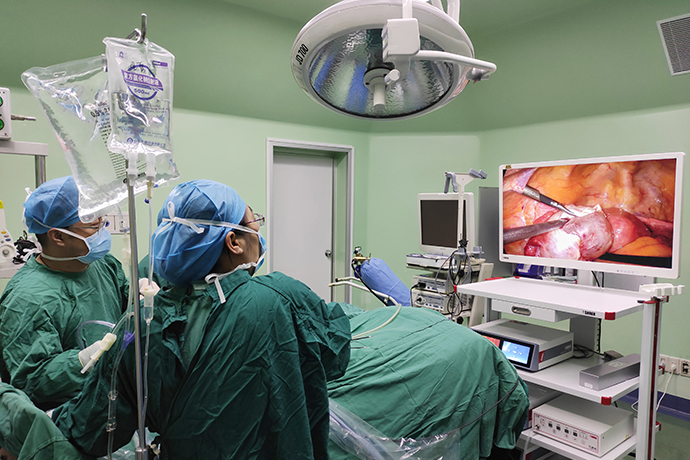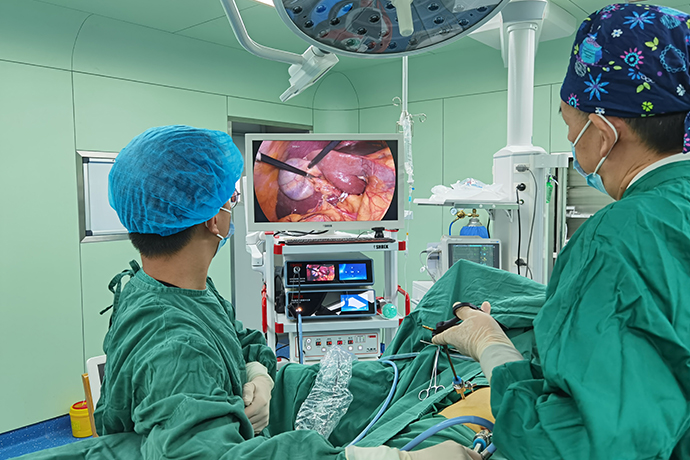Lymph Node Dissection Under the Carina on the Right
Release time: 26 Jan 2021 Author:Shrek
Anatomy is the basis and starting point of all surgical ideas. A wonderful surgical method must be derived from a unique and profound understanding of anatomy. Let's first clarify the related anatomy of lymph node dissection under the carina.

Definition of Subcarinal Lymph Node
The subcarinal lymph nodes are divided into the seventh group of lymph nodes in the pulmonary lymph node division. The scope is defined as: located at the tip of the tracheal carina and has nothing to do with the lower lobe bronchus or internal pulmonary artery. The right side extends to the lower edge of the right middle lobe of the bronchus, and the left side extends to the upper edge of the left lower lobe of the bronchus. That is, the location of the bronchus bifurcation in the middle or lower lobe.
The subcarinal lymph node has a very important position in the lymph node metastasis pathway of lung cancer, and it is also of great significance for lung cancer staging. As long as the lymph nodes under the carina metastasize, it is N2.
Surgical Thinking
1. The lymph node area under the carina on the right is a triangular area composed of three faces. Instant esophagus, left main bronchial surface, right main bronchial surface, and pericardial surface. What we have to do is to empty the fatty tissue in this triangle-like area. Therefore, we need to dissociate these three sides separately, and the lymph nodes will naturally be removed in mass.
2. These three faces have a vertex, which is the carina tip.
3. The contralateral main bronchus is the deepest anatomical structure. When we find it, we basically determine the scope of lymph node dissection.
4. The remaining question is the question of where we begin to drift. First of all, do not start free from the pericardial surface, because it is not easy to lift the lymphatic tissue up, and it does not meet the characteristics of the field of vision of the endoscopy. And even if the pericardial surface is freed, we still cannot find the contralateral main bronchus and the direction is not clear.
5. It is recommended to start freeing from the surface of the esophagus, because the position of the esophagus is constant, and there is always loose tissue below it. Few lymph nodes can adhere to and infiltrate the esophagus. Therefore, we move along the loose gap between the esophagus and the lymphatic tissue, and then we can find the contralateral main bronchus, and then free and expose the lower part of the affected main bronchus to reach the carina tip.
6. After the esophagus and the contralateral main bronchus are freed, the lower part of the main bronchus on the affected side is further freed. Of course, the two sides can also be carried out simultaneously, but the primary goal is still to find the contralateral main bronchus. Finally, the lymph nodes at the tip of the carina are removed.
7. Finally, clear the lymphatic tissue from the pericardium.

- Recommended news
- 【General Surgery Laparoscopy】Cholecystectomy
- Surgery Steps of Hysteroscopy for Intrauterine Adhesion
- [Gynecological Hysteroscopy] Techniques for Preventing and Treating Complications of Hysteroscopic Surgery
- [Gynecological Hysteroscopy] Hysteroscopic Adhesiolysis
- [Gynecological Hysteroscopy] IUD Removal under Hysteroscopy